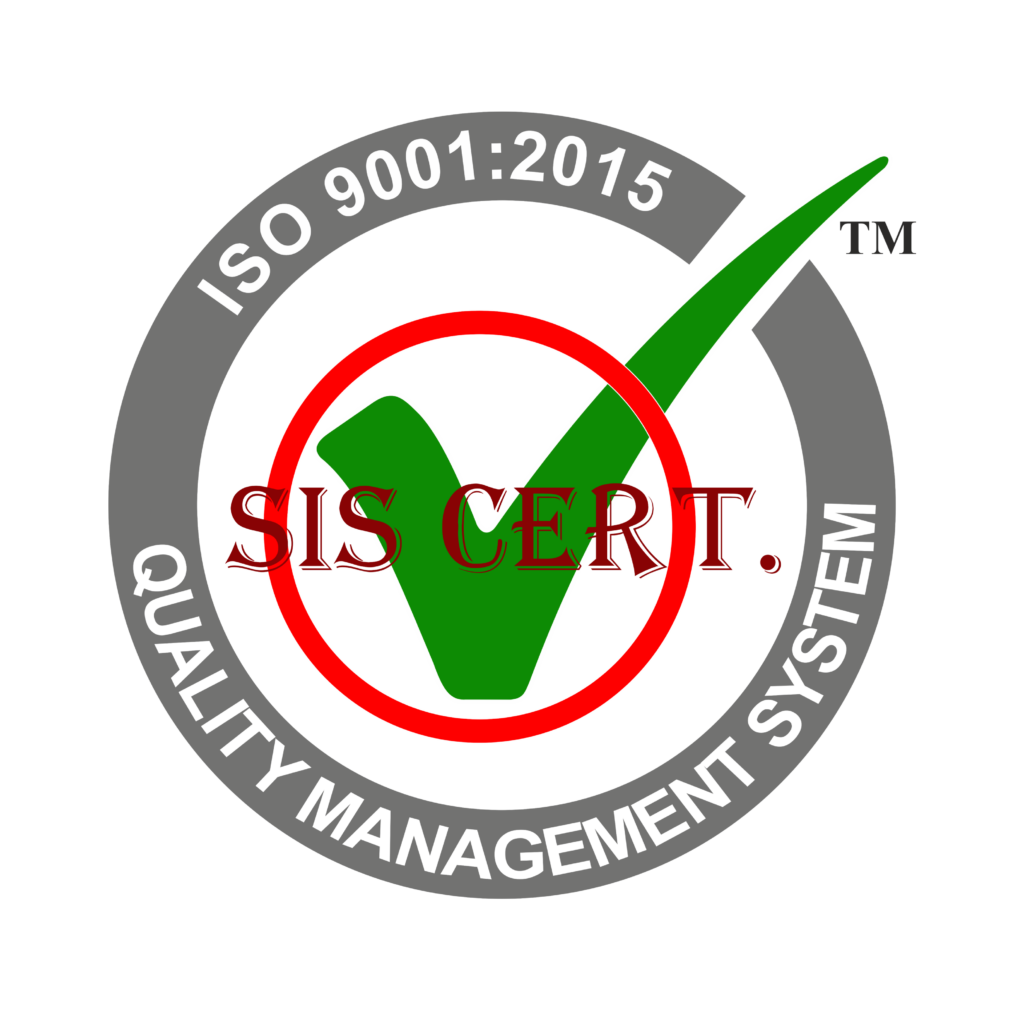The stainless steel industry is undergoing a revolution, with technology advancements driving unprecedented changes.
This article unveils the industry’s latest upheavals, including surging demand, process innovations, supply chain changes, and cost-efficiency gains.
We’ll explore these developments, as well as how they are transforming the industry for the better.
Get ready to discover how stainless steel technology is pushing the boundaries of innovation.
Key Takeaways
- Technological advancements in stainless steel manufacturing drive automation, leading to increased efficiency and cost savings.
- The surging demand for stainless steel drives innovation and development, resulting in more efficient and cost-effective products.
- Process innovations, such as laser welding and robotic processes, improve quality and production speeds in stainless steel manufacturing.
- Supply chain changes, including the rise of digital solutions and automation technologies, streamline supply chains, reducing costs and improving efficiency.
Automation Revolution
Automating stainless steel manufacturing processes is revolutionizing the industry, providing increased efficiency and cost savings. This automation revolution is driven by technological advancements, including improved robotics, computerization, and advanced analytics.
As a result, the stainless steel industry is able to optimize production process and technologies, leading to higher efficiency and lower overall costs. Automation also reduces the need for manual labor, which increases safety, accuracy, and speed of the production process.
Additionally, automation technology can be customized to meet specific needs, enabling the stainless steel industry to customize their products to meet customer demands. This automation revolution has drastically changed the stainless steel industry, ushering in a new era of efficiency and cost-effectiveness.
Surging Demand
As automation revolutionizes the stainless steel industry, manufacturers are introducing new production methods, materials, and technologies to meet the surging demand for stainless steel products. This innovation and development are driven by the need to maximize efficiency and reduce costs. Consequently, the stainless steel industry is experiencing significant growth, and this trend is expected to continue in the near future.
By embracing new production processes and technologies, stainless steel manufacturers are able to create products that are more efficient, durable, and cost-effective. This allows them to provide sophisticated solutions that cater to the specific needs of a wide range of customers.
As the demand for stainless steel products continues to rise, manufacturers are expected to continue their efforts to innovate and develop new solutions and technologies to keep up with the changing landscape.
Process Innovations
Building on the increased demand for stainless steel products, manufacturers have been leveraging advanced production processes and technologies to maximize efficiency and reduce costs. This has resulted in an unprecedented rise in process innovations, ranging from automation to advanced materials and production techniques.
New manufacturing methods such as laser welding, 3D printing, and other robotic processes have become commonplace in the industry, leading to improved quality and increased production speeds. In addition, the use of sophisticated sensors and data analytics has enabled better real-time optimization of processes with a focus on cost-effectiveness.
Such innovations have revolutionized the industry, allowing for increased quality, faster delivery times, and improved customer satisfaction.
Supply Chain Changes
While process innovations have revolutionized the stainless steel industry, the rise of new technologies has also caused significant shifts in the supply chain. Traditional suppliers are being supplanted by a new wave of digital solutions that are more efficient and cost-effective.
Automation technologies have enabled companies to streamline their supply chains, reducing costs and improving overall efficiency. Smart supply chain management systems have enabled companies to track their orders and manage inventory more effectively.
Companies are also leveraging the power of data analytics to gain insights into product demand and better manage their supplies. The result of these advancements is a more streamlined, cost-effective, and efficient stainless steel supply chain.
Cost-Efficiency Gains
By leveraging automation technologies and data analytics, companies are now able to realize cost-efficiency gains throughout the stainless steel supply chain. With the integration of these technologies, companies can quickly identify inefficiencies in the supply chain, allowing them to make better decisions and allocate resources more effectively. This also allows for improved forecasting and inventory management.
Furthermore, the use of automation enables companies to reduce labor costs associated with manual processes, while also boosting productivity. This cost-efficiency focus has enabled companies to remain competitive and profitable in an ever-evolving industry.
Additionally, the utilization of analytics has enabled companies to make smarter decisions with regard to pricing and product development. With these advancements, stainless steel manufacturers are well-positioned to capitalize on the rapid changes in the industry.
Frequently Asked Questions
What Is the Long-Term Outlook for Stainless Steel Manufacturing Technology Advancements?
The long-term outlook for stainless steel manufacturing technology advancements is promising. Innovations in production, materials, and processes make it possible to achieve greater efficiency, cost savings, and improved performance. With the right investments and continued technological progress, stainless steel manufacturing is poised to remain a key industry in the future.
How Are Stainless Steel Manufacturers Responding to Changing Customer Demands?
Stainless steel manufacturers have been adapting to changing customer demands by introducing innovative new products and technologies. They are striving to create products that meet customer needs and exceed their expectations.
What Safety Measures Are Being Implemented in the Stainless Steel Manufacturing Process?
Stainless steel manufacturers are implementing rigorous safety protocols to protect workers and ensure the quality of their finished products. Enhanced safety measures include increased PPE, improved safety equipment, and enhanced training.
What New Stainless Steel Manufacturing Technologies Are Being Developed?
New stainless steel manufacturing technologies are being developed to improve product quality and efficiency, while reducing cost and environmental impact. Innovations include advanced automation, robotics, 3D printing, and materials with improved properties.
How Will the Cost of Stainless Steel Production Change in the Future?
The cost of stainless steel production is likely to decrease as new technologies are developed. Innovations in production processes will make production more efficient and cost-effective, enabling stainless steel to be produced at lower prices.
Conclusion
Stainless steel technology has seen a number of industry upheavals in recent years. Most notably, there has been an automation revolution, surging demand, process innovations, supply chain changes, and cost-efficiency gains.
These changes have had a considerable impact on the manufacturing industry. Advancements in technology have led to more efficient and cost-effective production.
It is expected that the industry will continue to evolve as new technologies are developed and implemented.


